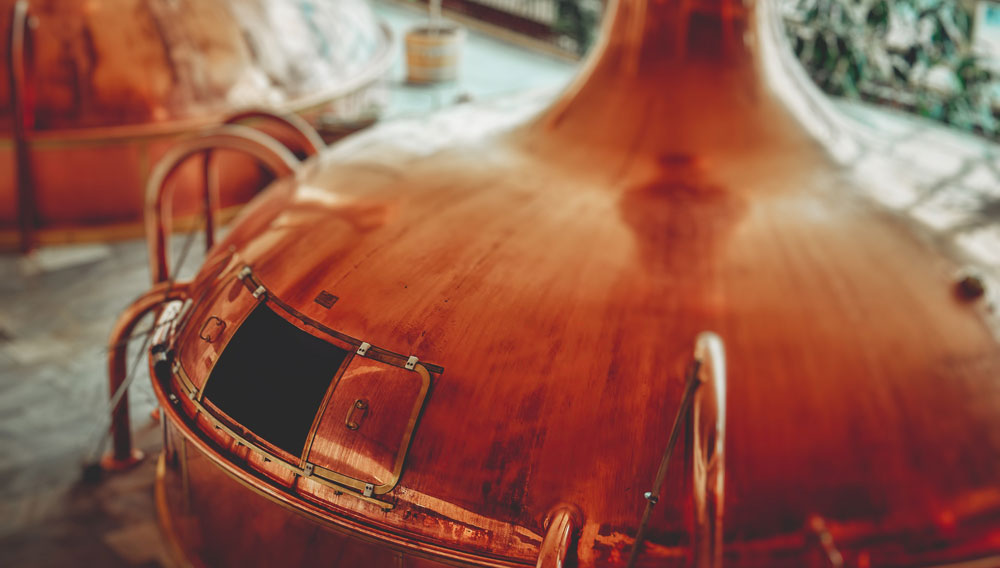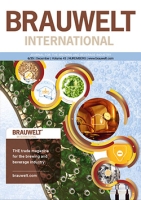Possibilities for Optimising Wort Preparation – Part 3
The third part of this series of articles addresses the question in greater detail of the best process for driving off DMS from wort. Part 2 described that external boiling permits better re-formation than kettle boiling and that, in return, kettle boiling achieves superior evaporation. These processes, having opposite effects, were calculated independently. In this article, the question of which system is superior is examined, when jointly and simultaneously investigating evaporation and hot holding.



 6 print issues
6 print issues